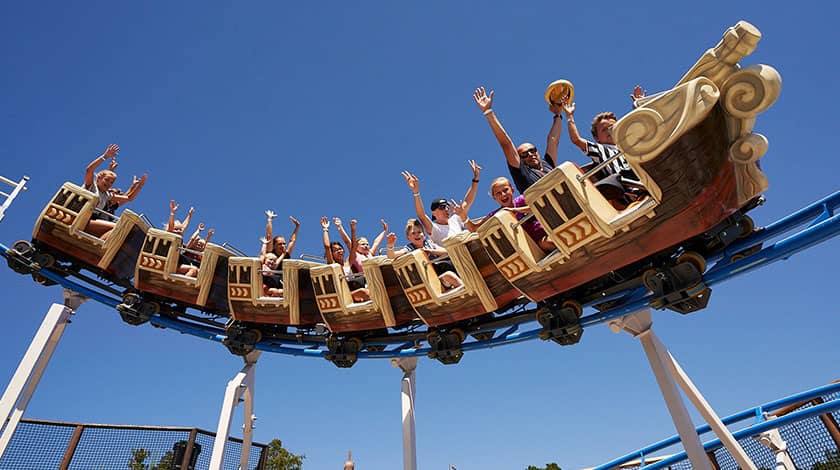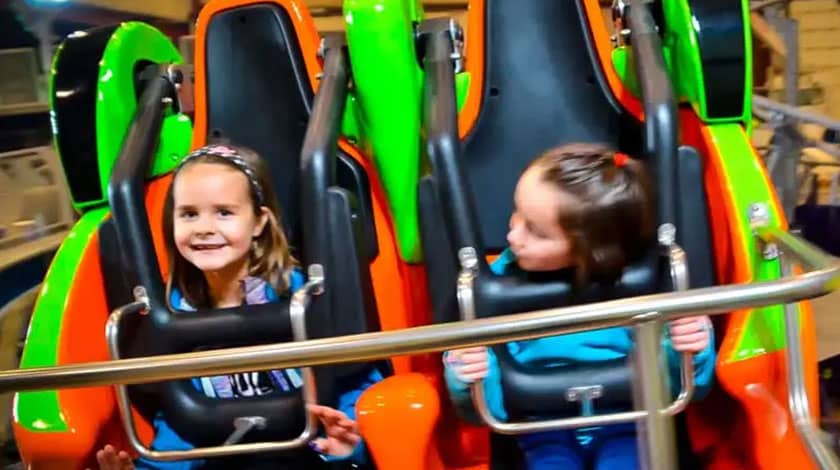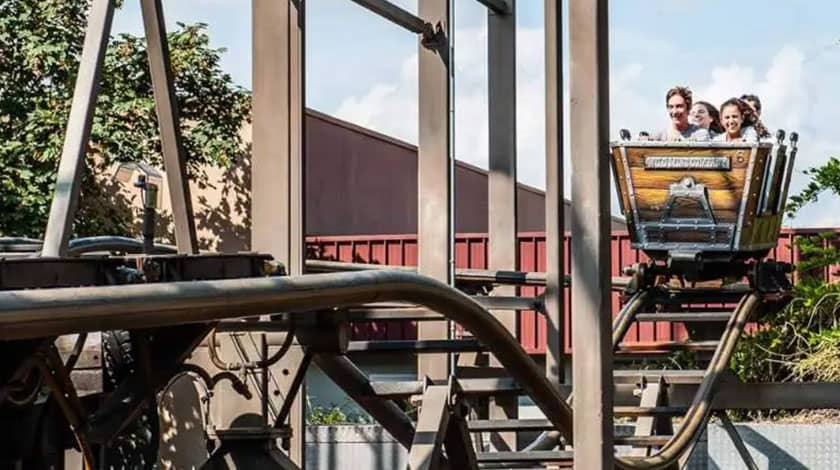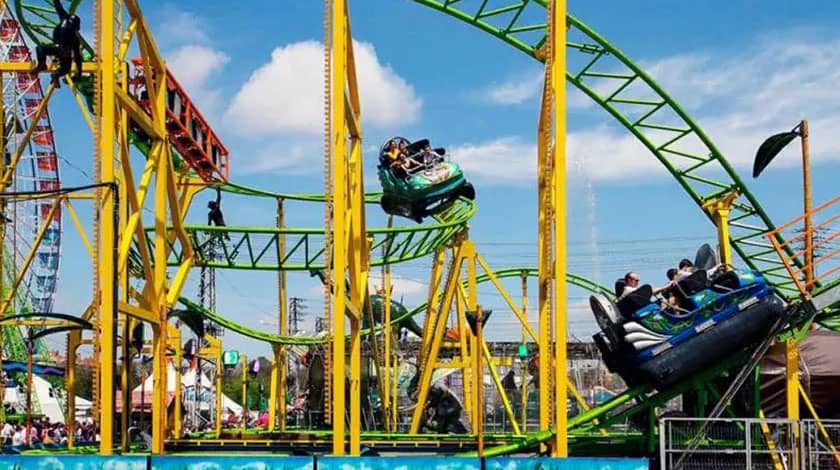Mini Coaster Roller Coaster


qwert
The Mini Coaster is a classic and highly successful roller coaster designed for both kids and adults. With a maximum height of 6 meters and a self-standing, free-structure design, it offers playful speed and a unique track layout with engaging curves and gentle downhills. The ride operates with a two-car train — featuring a head car configured with 4 seats — and uses a shared lap bar for secure restraint.
Its ascent is powered by a kicker wheel lift, ensuring a smooth and exciting climb. Ideal for indoor settings or plazas, this mini coaster is engineered for portability, making it a versatile option that can be easily transported and installed in various locations. All units are designed and built in compliance with local regulations and quality certifications, undergoing rigorous inspections before shipment.
Technical Data
Footprint
up to 28x13.5
up to 28x13.5
Number of seats
5 2-seater wagons, 1 4-seater locomotives
Hourly Capacity
360 pph on request
Height
Up to 6 meters
Power consumption
50kW on request
Speed
9 m/s on request
Height restrictions
0.95 if accomp. 120 not accomp.
Product Key Features
Maximum Height: 6m.
Self-Standing & Portable Design.
2-Car Train with Head Car (4 Seats).
Shared Lap Bar Restraint.
Kicker Wheel Lift – Ideal for Indoor/Plaza Settings.
The history of roller coasters traces back to 17th-century Russia, where tall wooden ramps covered with ice allowed nobles to speed downhill in sleds at nearly 70 km/h. By 1817, Paris introduced the first rail-based ride called Les Montagnes Russes de Belleville, featuring parallel tracks where wheeled carriages raced side by side. The concept quickly spread: in the late 1800s, U.S. mining railways were repurposed into fun attractions, notably the 1884 Gravity Switchback Railway in Coney Island. Early loop experiments were rudimentary and even dangerous, prompting engineers in the early 1900s—like John Miller—to pioneer under-track and side- mounted safety wheels, plus onboard brakes. These improvements made steeper slopes possible without risking derailments. In 1959, the introduction of tubular steel rails revolutionized coaster design: trains could “grip” tracks on all sides, enabling smoother loops and more stable inversions. Over time, advanced restraints and stronger materials emerged, while magnetic and hydraulic launches replaced chain lifts for breathtaking accelerations from 0 to 100 km/h in seconds. Today, the fastest coasters approach 240km/h and exceed 100 meters in height, yet stringent safety protocols and electronic control systems make them impressively secure as well as thrilling. We at Preston & Barbieri are proud to be part of this evolution, committed to combining creativity and high-level engineering for adrenaline-filled but safe rides. One of our most recognizable is the classic “Bruco Mela,” a gentle ride shaped like a friendly caterpillar traversing a giant apple, found in numerous parks worldwide. Despite its simplicity, we prioritize safety with moderate speeds, smooth curves, and dependable restraints, ensuring even the youngest can enjoy a coaster experience. On the other end of the spectrum, our intertwined Double Coaster layout—exemplified by Master Thai, unveiled in 2011—places two trains on a Möbius-style track, letting riders feel the exhilaration of racing in parallel. We have also introduced Splash Coasters, which blend a traditional coaster drop with a refreshing water finale, and Spinning Coasters, where each car rotates freely for unpredictable thrills. In every project, we rely on robust steel structures, advanced braking systems, and ergonomic seating to guarantee passenger well-being. Our daily mission is to push the boundaries of amusement engineering without compromising safety, delivering attractions that honor the legendary heritage of roller coasters.






